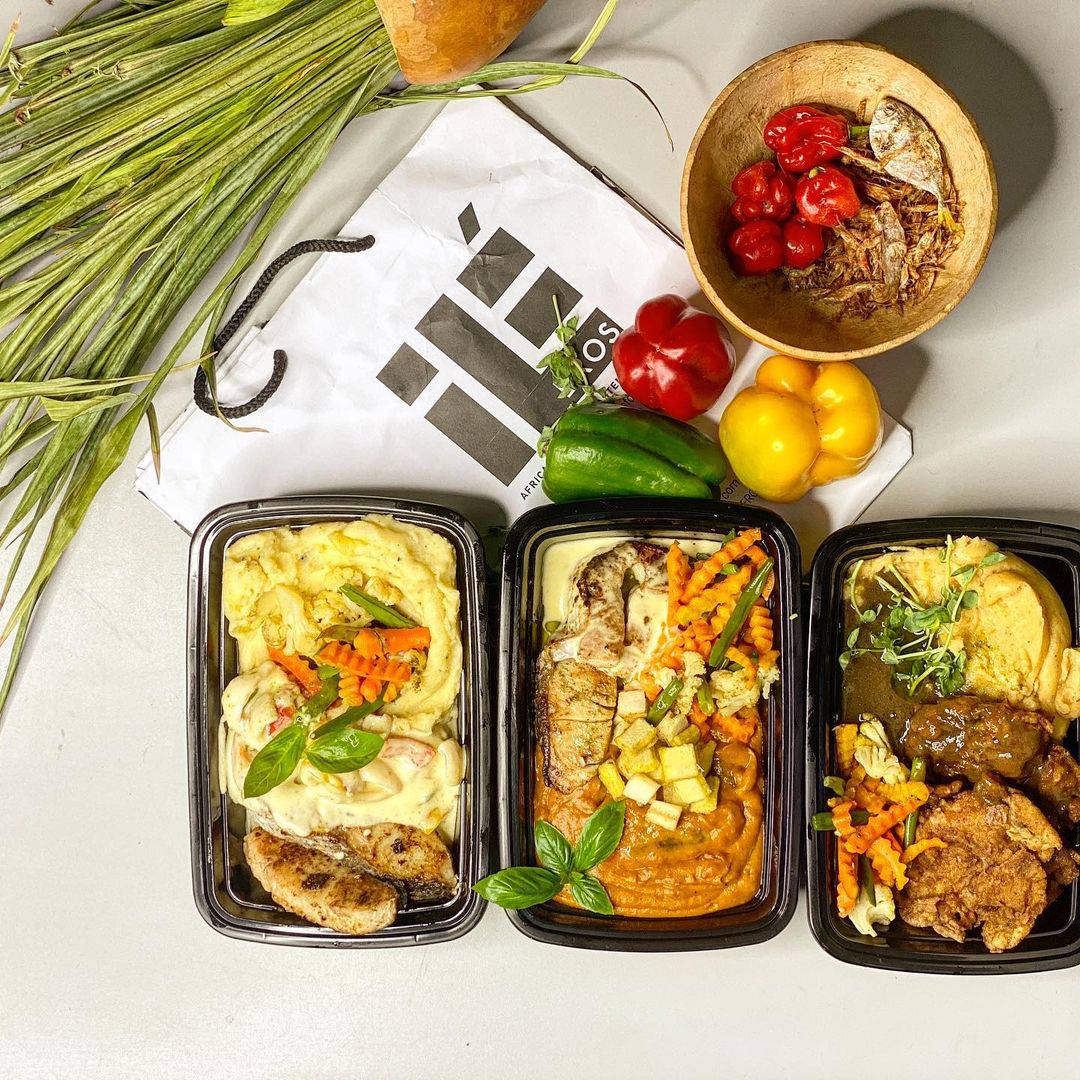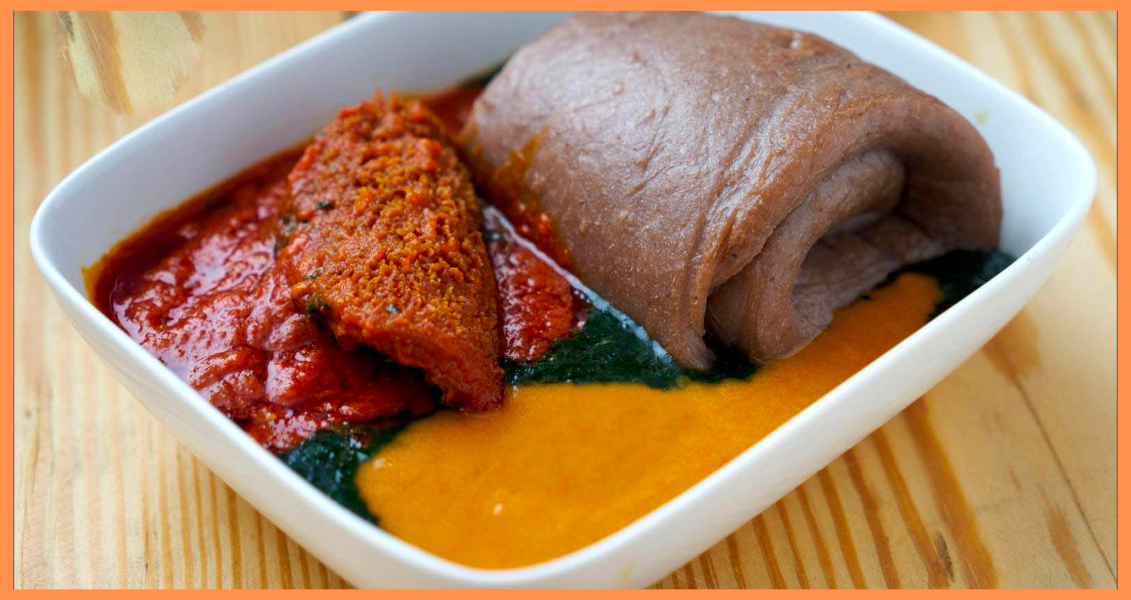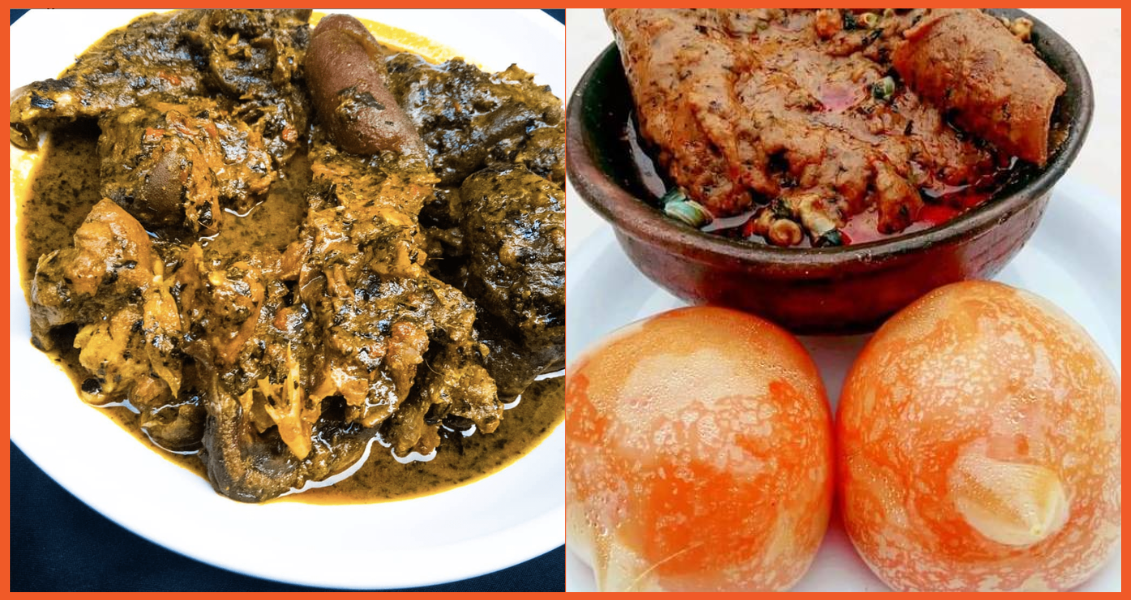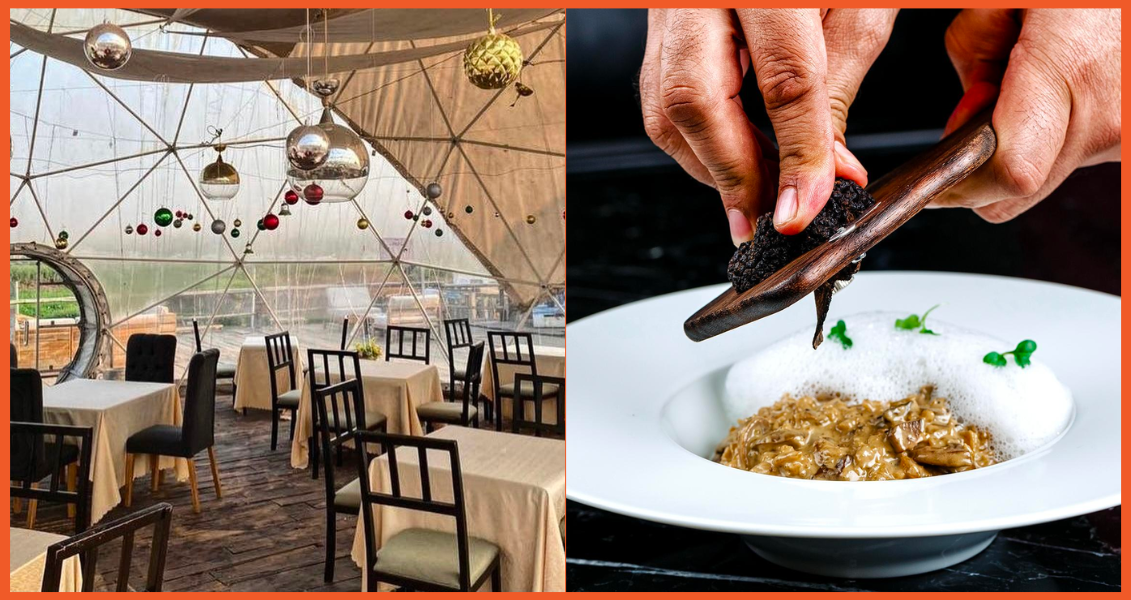We love to slander Lagos babes who’re always ordering pasta, but can we address the “why” from a personal angle? As someone who always repeats the same orders in restaurants I visit regularly and eats only everyday meals in restaurants I’m visiting for the first time, I believe I have on good authority to speak for order repeaters like me.
When I was a child, there were many things I wouldn’t eat; white bread, egusi soup, fish cooked in any form, eggs fried with tomatoes, onions and pepper, yams, okra — a list that could go on forever. Living in a Nigerian household with parents who barely earned enough money was tough, but luckily for them, the things I liked to eat weren’t exotic. I loved amala so much as a child, I once ate it for breakfast every day for a week straight, and I was in heaven. Amala and ewedu with beef — or any other protein that wasn’t fish — was always the way to my heart, so you see, my palate has never been adventurous, just safe and familiar.
I can’t say for all, but I’m inclined to believe Nigerian parents, the lower middle class, and those skirting to the poverty line have a lower tolerance for picky eaters, children who’d rather starve than eat what’s available, the ones they call “olojukokoro”, children who want what they can’t have. My mum was one of those people who had no time for my nonsense. Even though she knew I could eat amala at any given time, she still insisted I eat other things. She’d sit and watch me until I’d eaten the last piece of fish or forced me to eat all the fried eggs on my plate.
The thing with being finicky with food is knowing there’s a line most times: a choice between going hungry or trying out what’s readily available, especially when it’s out of your control. Boarding school taught me that. You either ate or starved; no one gave a shit. Except you were given some form of preferential treatment or had health issues like allergies.
Everyone has a comfort meal that sparks joy for them, like bread and Milo for my friend Mariam, like fried plantain and eggs for breakfast for me, Nigerian jollof rice for the average Nigerian who’s on the verge of rice growing on their head, like my mum. And for some unfortunate people, their comfort food is semo, but that’s talk for another day.
When I moved to a new country, as the unadventurous eater and un-cooking person that I am, my first instinct was to find a Nigerian restaurant that sold well-made Nigerian food. By well-made Nigerian food, you already know I mean the basics: multiple types of spicy rice, familiar soups and choice proteins; it’s not like I was asking for too much anyway. If it wasn’t Nigerian meals, it was Chinese food, chicken noodles, egg fried rice, and never things like dumplings or sweet and sour sauce (why can’t a meal just be one thing?).
I had two consistent dining spots: one restaurant for Nigerian meals and another for Chinese food. Why? Their meals tasted good, and I’m not the kind to be curious enough to try out other places when I find a place that already works for me. On some days, I’d go to the restaurant beneath my apartment to buy Turkish wrap, something I’d been forcing myself to eat as a way to introduce other meals to other cuisines. Other times, I’d order the same half chicken barbeque, half pepperoni pizza, in small size, just enough for me to eat up in one sitting.
Maybe the Lagos girl who prefers to order pasta during every outing isn’t being finicky for finicky sake. Maybe she’s bought that particular pasta in the past and loved it so much she didn’t feel the need to read through a complex menu deciphering what the other options might taste like. Maybe it’s too much of an expensive risk.
When you try out something new and end up hating it — especially when you paid a lot of money for it — there’s this unwilling realisation that you would have been satisfied with your regular options. My adventurous colleague went to an upscale restaurant in Victoria Island and ordered rabbit lasagna, which cost around ₦18k; the problem is, he didn’t understand what was going on in his mouth and struggled to even eat half of the meal.
Maybe visiting restaurants isn’t for instagrammable foodfie photos alone; maybe it should be for expanding your taste buds, and seeing how much food is out there in the world; after all, food is one of the easiest ways to connect to culture, but what’s the culture worth if it leaves you dissatisfied and disappointed?
Repeating an order comes with a sense of familiarity, of knowing what to expect, a comforting spark of joy getting lit from the first familiar bite. There’s no one there staring at you, forcing you to take more bites, or staring you down because you don’t understand what’s on your plate or how or where to start eating it. It’s the little joy of knowing that the food has been good a hundred times before and would be good again.


















